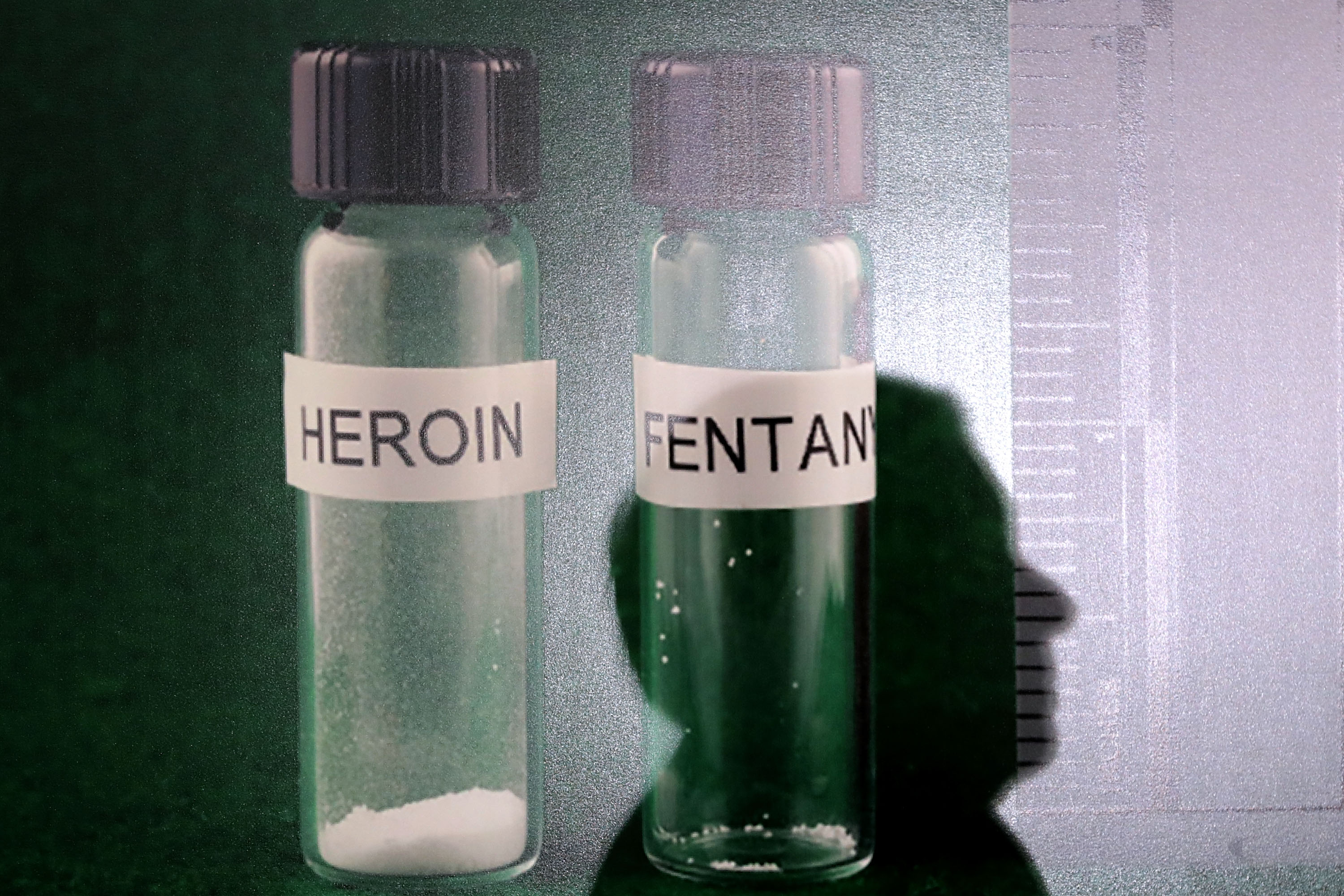The nation’s opioid crisis is showing no signs of slowing down. According to preliminary datafrom the Centers for Disease Control, nearly 72,000 Americans died of drug overdoses in 2017. Of those deaths, nearly two-thirds were attributed to opioids. While there are several factors that have been attributed to the spike in opioid-related deaths, the main reason for this increase can be attributed to one drug: fentanyl.
What is Fentanyl?
Fentanyl is a prescription pain medication that is used to treat those suffering from severe pain. Fentanyl is a powerful synthetic drug which is 50 to 100 more potent than morphine. Oftentimes, fentanyl is administered to patients who are suffering from cancer or other diseases. Fentanyl is also used for those patients who are not responding to other pain medications.
Fentanyl can be administered by patch, lozenge, tablet or by intravenous injection. While fentanyl is effective when part of a medically-supervised pain management program, the drug is highly addictive. Worse yet, fentanyl is often created in clandestine laboratories and sold illegally on the black market.
Why is Fentanyl So Dangerous?
As already stated, fentanyl is a potent pain reliever which is much stronger than morphine. When administered, people will feel the profound euphoric effects that are similar to heroin. Because of its potency, people who abuse fentanyl run an increased risk of overdose. This risk increases significantly if there are underlying health issues or if people are abusing other drugs in addition to fentanyl.
Disturbingly, drug deals are cutting fentanyl into heroin and cocaine in order to increase drug volume and profit. In many instances, users are unaware of this combination. The combination of heroin and fentanyl can cause the body to shut down and users can enter a coma or even die. The combination of fentanyl and cocaine is known as a speedball and can produce respiratory distress, stroke, heart attack, and paranoia among other symptoms.
The Signs of a Fentanyl Overdose
When a person overdoses on fentanyl, there are numerous physical characteristics that can be easily detected and include the following:
- Confusion
- Pale face
- Vomiting
- Choking sounds
- Dangerously low blood pressure
- Slowed heart rate
- Excessive drowsiness
- Coma
- Respiratory arrest
If you witness these symptoms, it is important to call 9-1-1 immediately. When waiting for help to arrive, you need to ensure that the person remains awake. Call out their name repeatedly, gently slap their face and shake them. If they are vomiting, put them into recovery positionso they don’t choke on their vomit.
Getting Help
For those addicted to/or have overdosed on fentanyl, it is important for them to seek professional help right away. The best option for recovery is an intensive inpatient treatment facility. These facilities feature comprehensive medical detox programs that help addicts better manage the physical and psychological symptoms of withdrawal. Inpatient programs also feature individual and group counseling, 12-step support, life and skills training and a wide variety of traditional and holistic treatment approaches that can be tailored to meet each addict’s specific needs.
If inpatient treatment is not an option because of work or family commitments, look into an intensive outpatient or day treatment program. These programs are similar to inpatient treatment but allow people to live at home. Patients meet with staff several times a week for medication therapy, individual and group therapy, meetings and relapse prevention training. No matter the situation, it is important that people who struggle with fentanyl abuse get the treatment they need to fully recover.
Do you need more information on the dangers of fentanyl? Are you looking for treatment options but don’t know where to turn? Call Drug Rehab Program Journal toll-free at 1-800-205-1201. We can help you or a loved one find lasting recovery.
Written by Tim Powers




